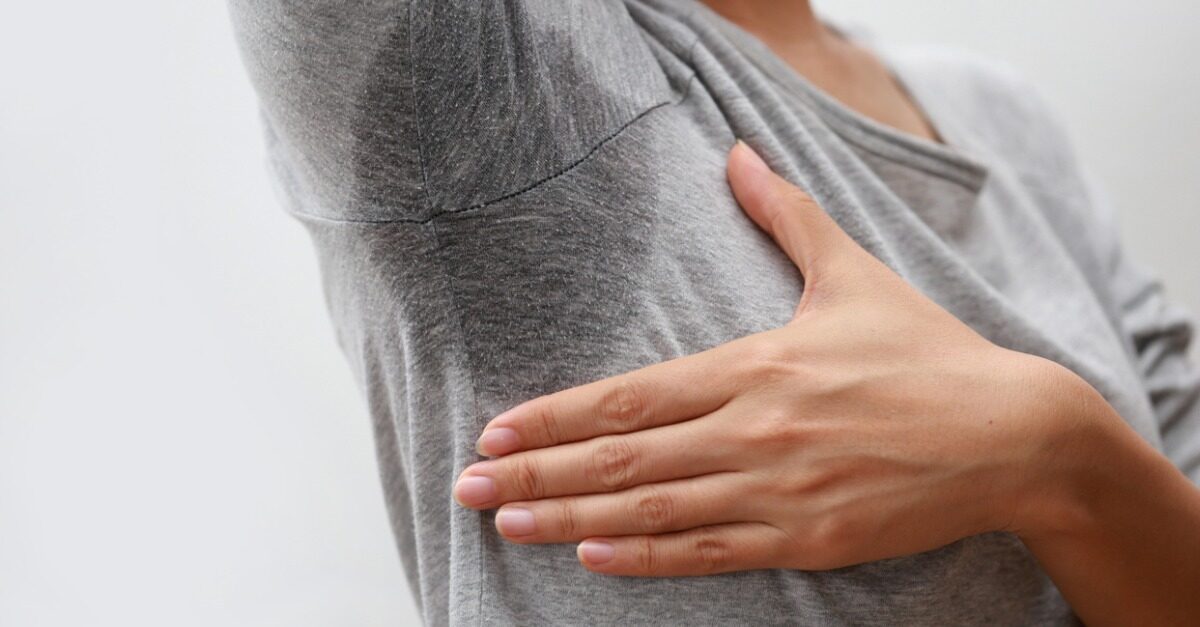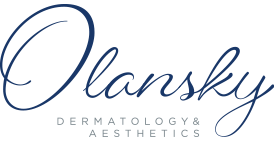If you’ve experienced excessive sweating that occurs even without heat or physical exertion, you could have hyperhidrosis. For those who are affected, sweat can be so intense that it soaks through clothing and drips off their hands.
In honor of Hyperhidrosis Awareness Month this November, we’re putting the spotlight on this condition and sharing some need-to-know information.
How Common is Hyperhidrosis?
Estimates for the prevalence of hyperhidrosis vary. Some sources indicate that as little as 1% of the population suffers from this condition, while other estimates put the prevalence closer to 5%.
Because excessive sweating can be embarrassing, it’s possible that some who have the condition don’t always seek treatment for it, which may cause an underrepresentation in available data. But in either case, hyperhidrosis appears to be somewhat rare.
Which Body Parts Does Hyperhidrosis Affect?
“There are two types of hyperhidrosis, each of which has different symptoms,” explains Julia Lee-NP, C. “Although both cause excessive sweating, primary focal hyperhidrosis typically occurs in isolated spots.”
Symptoms of primary focal hyperhidrosis are generally experienced on both sides of the body, such as both armpits or hands. Common sites for sweating include the underarms, the hands or feet, and the forehead. Typically, this condition develops during childhood or adolescence.
“In secondary hyperhidrosis, sweating is typically a symptom or side effect of another factor,” Lee continues. “For instance, medical conditions such as diabetes, gout, menopause, and hyperthyroidism may cause hyperhidrosis.” With this type of hyperhidrosis, sweating typically occurs all over the body, and may be more likely to happen at night.
If You Think You Could Have Hyperhidrosis…
If you suspect that you could have hyperhidrosis, pursuing treatment could help to improve your quality of life. Many people experience anxiety from excessive sweating, but no one should have to live with the physical or mental toll of this condition.
Sometimes, lifestyle modifications can serve as a first line of treatment to address minor symptoms. For example, some antiperspirants can help to seal the sweat glands, and keep sweating at bay. But these products can cause uncomfortable symptoms like skin irritation, and may not be powerful enough for hyperhidrosis.
Fortunately, there are other solutions available to eliminate excessive sweating. Primary care doctors typically refer people with hyperhidrosis to dermatologists, who can offer targeted, effective treatments to address their symptoms.
What is the Most Effective Treatment for Hyperhidrosis?
If you’re ready to pursue a more powerful line of treatment, our providers can help. We offer miraDry, a non-invasive, FDA-approved procedure that can actually eliminate sweat glands in your underarms. Through state-of-the-art equipment, electromagnetic energy is strategically delivered to the glands in the underarm area. Since the glands can’t return, your underarm sweat will be gone for good.
The miraDry process typically requires two procedures over three months, taking just about an hour each. There’s minimal discomfort involved, and patients experience an 86% reduction in underarm sweating on average.
If you’re ready to put an end to your excessive underarm sweating, contact Olansky Dermatology & Aesthetics. To schedule an appointment, call (404) 355-5484.


